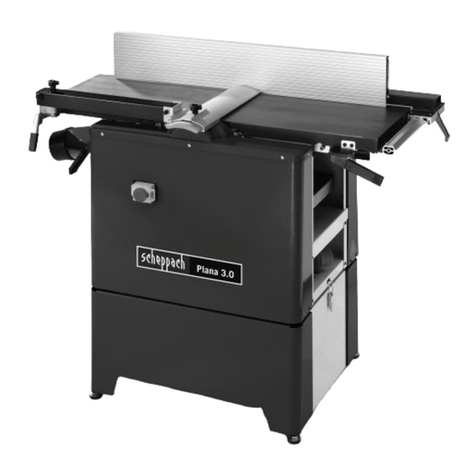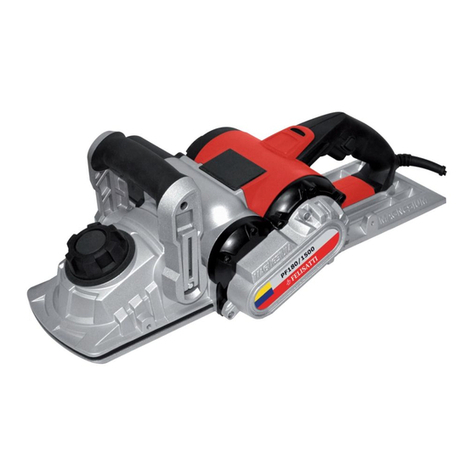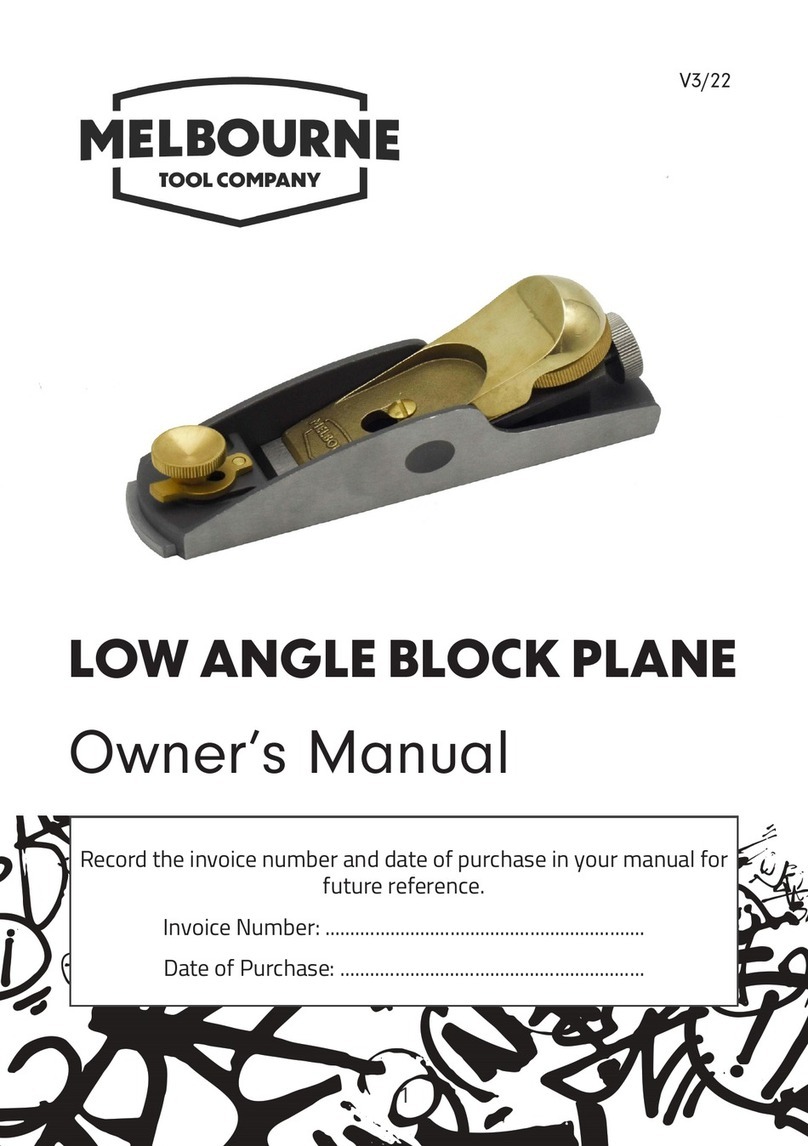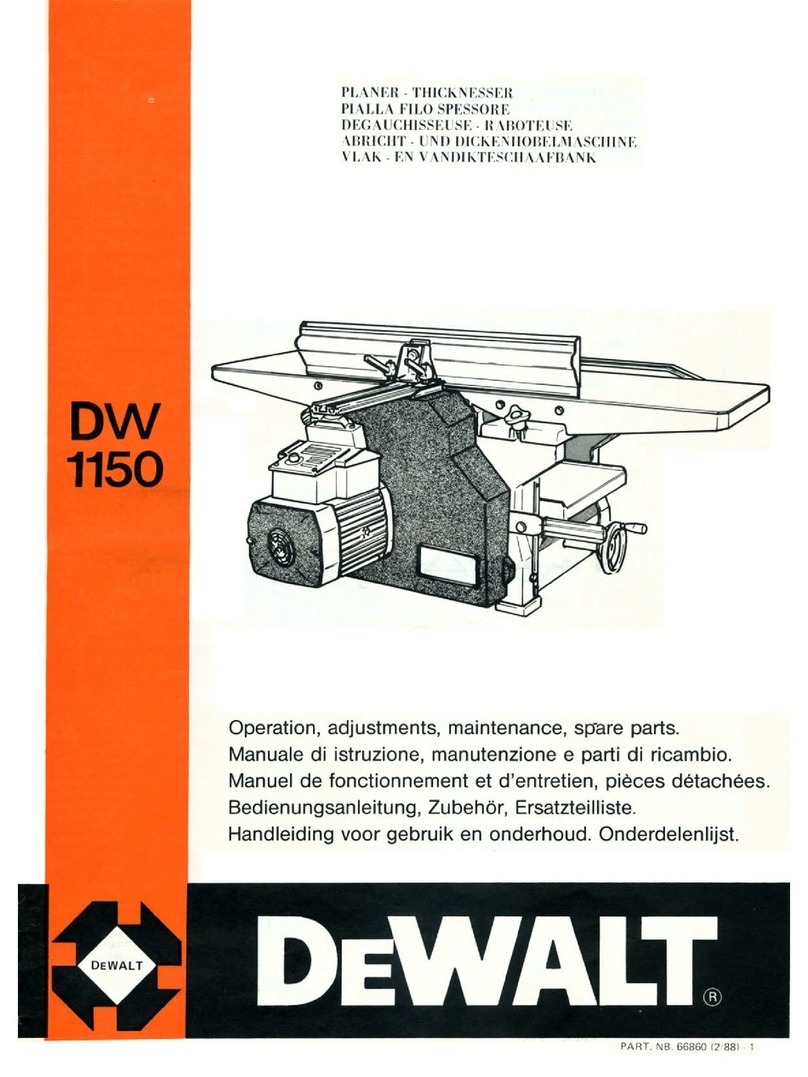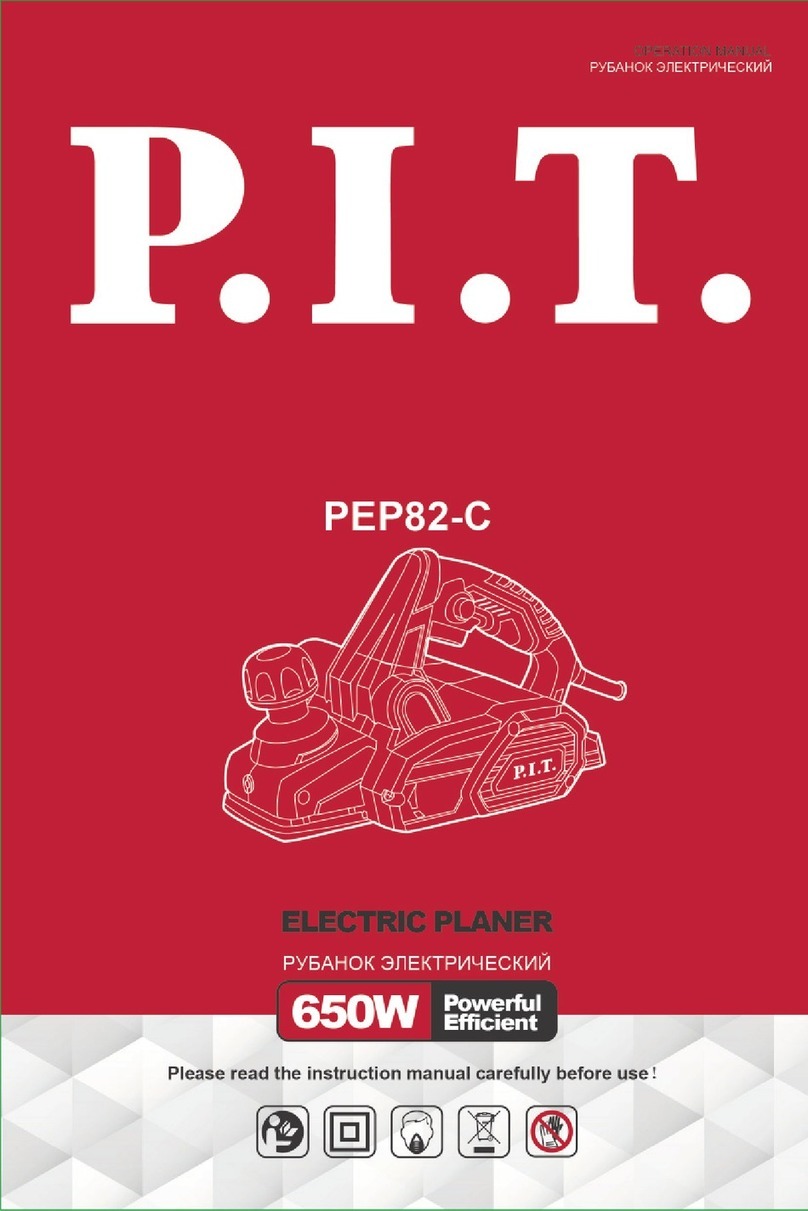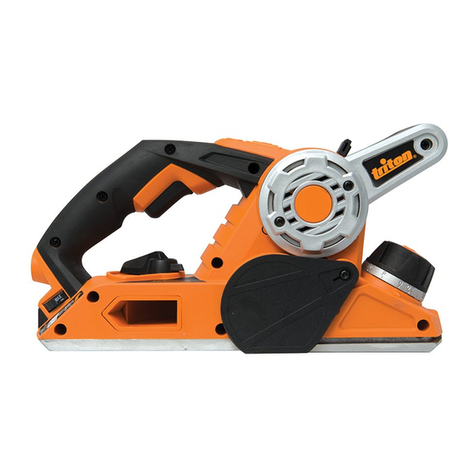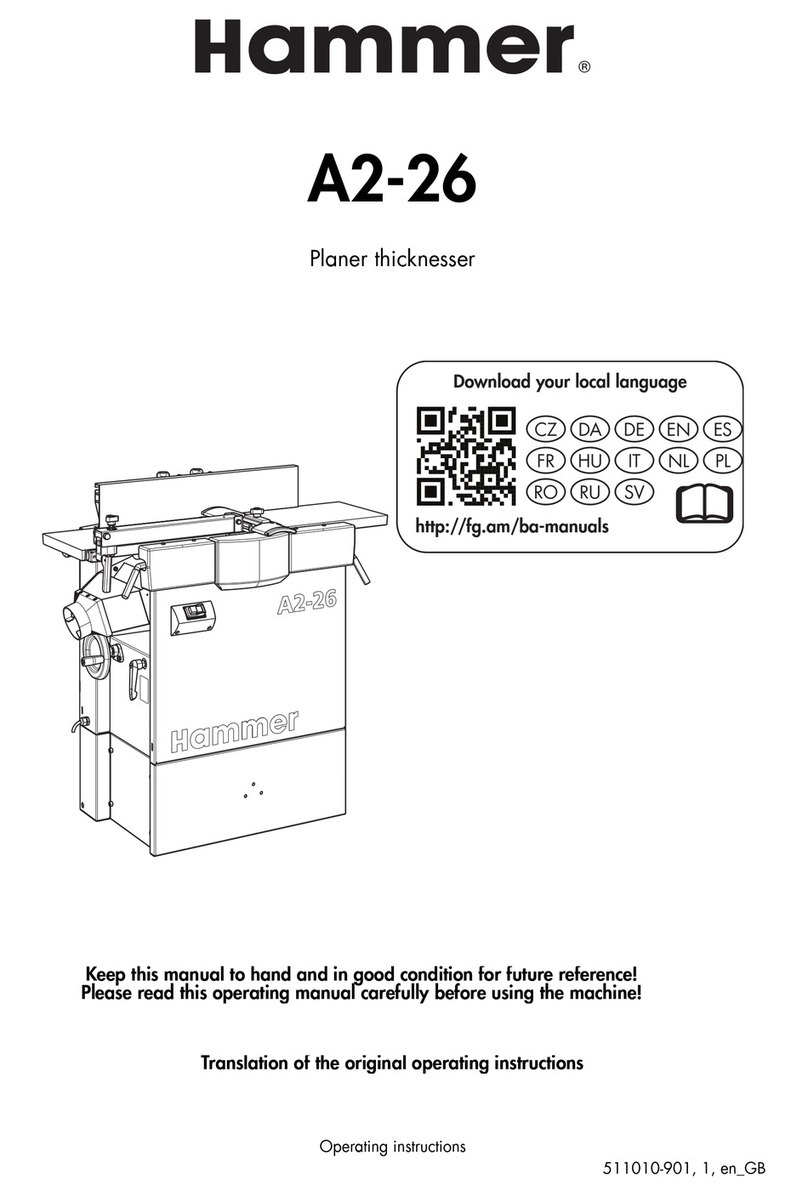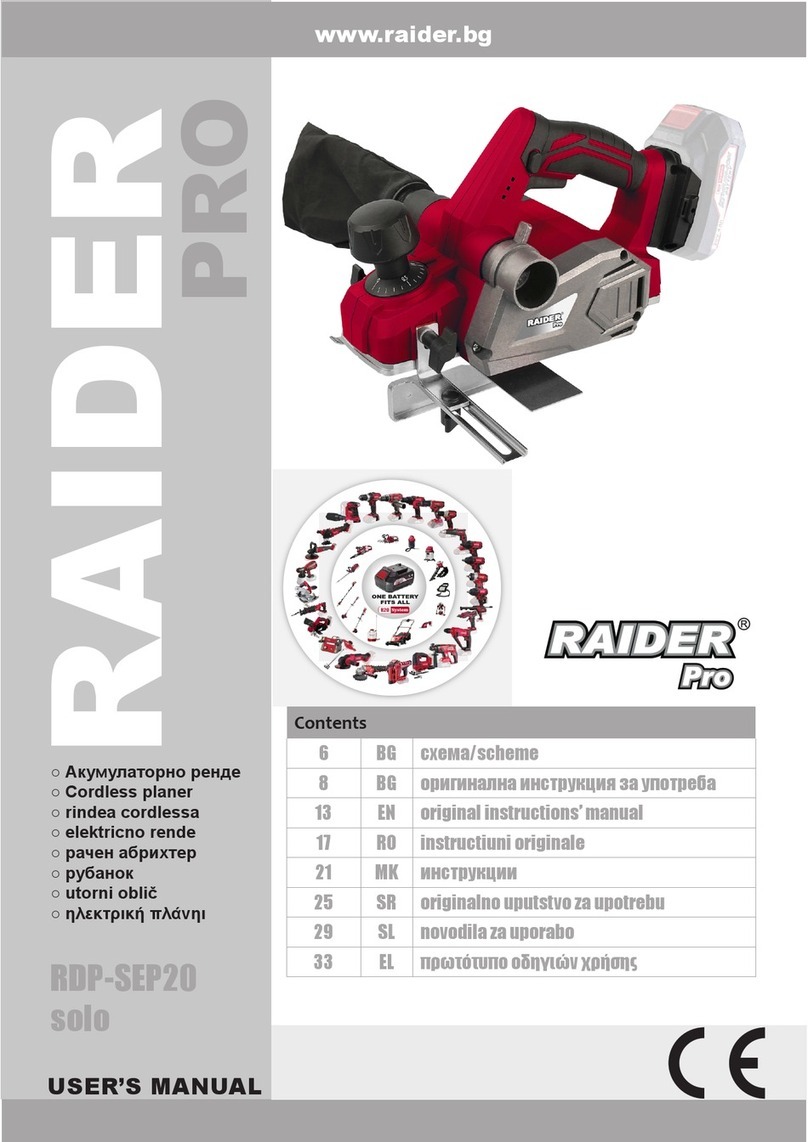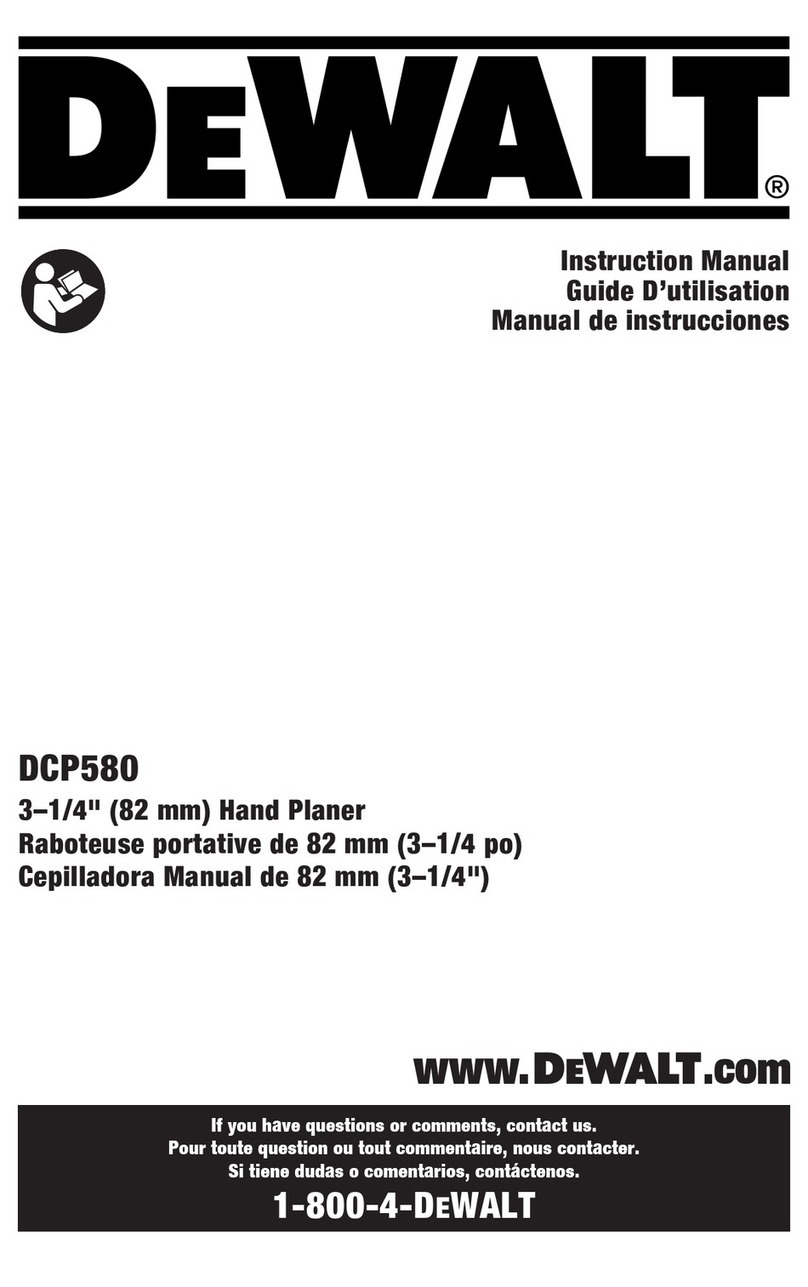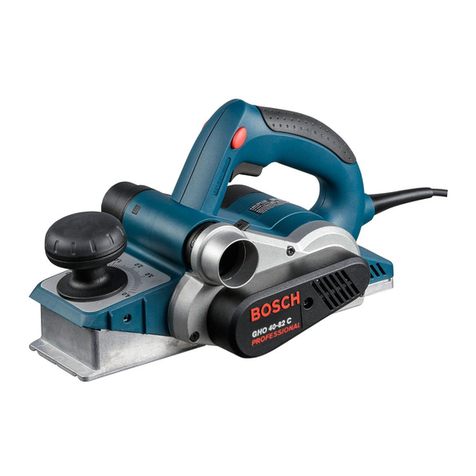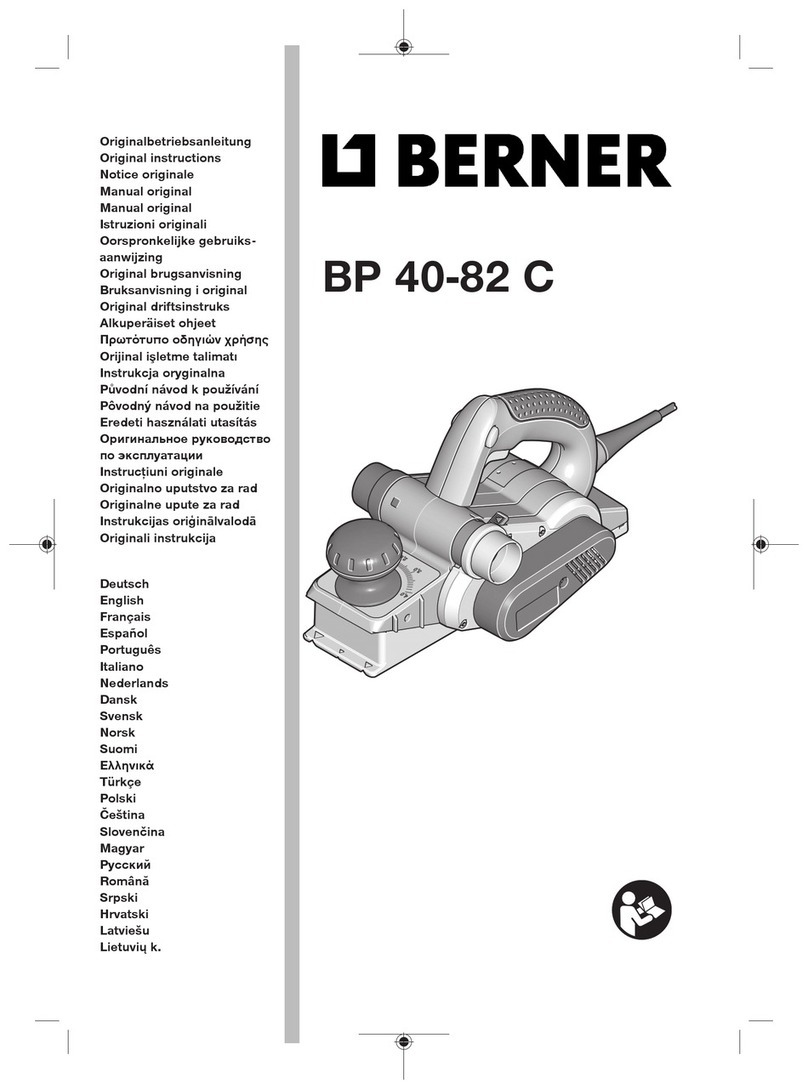
6
ELECTRIC PLANER
TERMS OF WARRANTY SERVICE
1. This Warranty Certificate is the only document that confirms your right to free warranty service. Without
presenting this certificate, no claims are accepted. In case of loss or damage, the warranty certificate is not restored.
2. The warranty period for the electric machine is 12 months from the date of sale, during the warranty period the
service department eliminates manufacturing defects and replaces parts that have failed due to the fault of the
manufacturer free of charge. In the warranty repair, an equivalent operable product is not provided. Replaceable
parts become property of service providers.
P.I.T is not liable for any damage that may be caused by operation of the electric machine.
3. Only clean tool accompanied with the following duly executed documents: this Warranty Certificate, Warranty
Card, with all fields filled out, bearing the stamp of the trade organization and the signature of the buyer, shall be
accepted for warranty repair.
4. Warranty repair is not performed in the following cases:
- in the absence of a Warranty Certificate and a Warranty Card or their incorrect execution;
- with failure of both a rotor and a stator of the electric engine, charring or melting of primary winding of the
welding machine transformer, charging or starting-charging device, with internal parts melting, burn down of
electronic circuit boards;
- if a Warranty Certificate or a Warranty Card does not correspond to this electric machine or to the form established
by the supplier;
- upon expiration of the warranty period;
- at attempts of opening or repair of the electric machine outside the warranty workshop; making constructive
changes and lubrication of the tool during the warranty period, as evidenced, for example, by the creases on the
spline parts of the fasteners of non-rotational parts.
- when using electric tools for production or other purposes connected with making a profit, as well as in case of
malfunctions related to instability of the power network parameters exceeding the norms established by GOST;
- in the events of improper operation (use the electric machine for other than intended purposes, attachments to the
electric machine of attachments, accessories, etc. not provided by the manufacturer);
- with mechanical damage to the case, power cord and in case of damages caused by aggressive agents and high and
low temperatures, ingress of foreign objects in the ventilation grids of the electric machine, as well as in case of
damage resulting from improper storage (corrosion of metal parts);
- natural wear and tear on the parts of the electric machine, as a result of long-term operation (determined on the
basis of the signs of full or partial depletion of the specified mean life, great contamination, presence of rust outside
and inside the electric machine, waste lubricant in the gearbox);
- use of the tool the purposes for other than specified in the operating instructions.
- mechanical damages to the tool;
- in the event of damages due to non-observance of the operating conditions specified in the instruction (see chapter
“Safety Precautions” of the Manual).
- damage to the product due to non-observance of the rules of storage and transportation.
Preventive maintenance of electric machines (cleaning, washing, lubrication, replacement of anthers, piston and
sealing rings) during the warranty period is a paid service.
The service life of the product is determined by the manufacturer and is 2 years from the date of manufacture,
The owner is notified of any possible violations of the above terms of warranty service upon completion of
diagnostics in the service center.
The owner of the tool entrusts the diagnostic procedure to be conducted in the service center in his absence.
Do not operate the electric machine when there are signs of excessive heat, sparking, or noise in the gearbox. To
determine the cause of the malfunction, the buyer should contact the warranty service center.
Malfunctions caused by late replacement of carbon brushes of the engine are eliminated at the expense of the buyer.
5. The warranty does not cover:
- replacement of parts (accessories and furniture), for example: accumulators, disks, knives, drills, bores, cartridges,
chains, sprockets, collet clamps, buses, tensioning elements and fasteners, trim tabs, pads of grinders and tape
machines, etc.
- quick-wear parts, for example: carbon brushes, drive belts, glands, protective covers, guide rollers, guides/rails,
rubber seals, bearings, timing belts and wheels, shafts, brake band, ratchet wheels and starter cables, piston rings,
etc. Replacing them during the warranty period is a paid service.
- power cords, in case of insulation damage, power cords are subject to mandatory replacement without the consent
of the owner (paid service),
- casing of machine.
